Golf rangefinders are important equipment for modern golfers. They can help accurately measure distances and improve the strategy of hitting the ball. However, when the equipment suddenly fails, it may cause situations that affect the performance on the court. This article will systematically analyze the common reasons why rangefinders fail to work and provide solutions to help you quickly restore the device's functionality.
1. Troubleshooting of Power Supply Issues
Sort out the common situations where rangefinders cannot be used due to power supply issues, analyze their manifestations and propose simple solutions.
1.1 Battery depletion situation
The display is dim or completely unresponsive: If the device fails to power on or the display is blurry, it might be due to insufficient battery power.
Intermittent shutdown phenomenon: If the rangefinder suddenly shuts down during the measurement process, it usually indicates that the battery is about to run out.
The laser emission is significantly weakened: the laser spot dims or the ranging speed slows down, which may be caused by insufficient battery voltage.
✅Solution: Replace the battery with a brand new one (high-quality lithium batteries are recommended).
1.2 Battery installation error
Reverse installation of positive and negative poles: Some rangefinders are sensitive to the direction of the battery. Installing them in reverse may cause the device to fail to start.
Oxidation of battery contact points: Long-term use may lead to oxidation of metal contact points, affecting conductivity.
Poor sealing of the battery compartment: If the battery cover is loose, it may lead to poor contact.
✅Solution: Clean the battery contacts and ensure they are installed correctly.
1.3 Power management failure
Abnormal automatic shutdown function: The device may frequently shut down when not in operation, which might be a firmware issue.
Excessive standby current: Some low-quality batteries may cause abnormal power consumption of the device.
Damaged charging port (rechargeable model) : If the device supports charging, check whether the USB or charging port is damaged.
✅Solution: Try resetting the device or replacing the charging cable.

2. Hardware Fault Diagnosis
Analyze and investigate the situation where the function of the rangefinder fails due to hardware damage.
2.1 Lens Anomaly
Lens dirt or scratches: Dust or fingerprints may block laser emission or reception.
Laser emitter offset: A drop may cause the internal optical components to misalign.
The sensitivity of the receiving sensor decreases: After long-term use, the sensor may age.
✅Solution: Clean with a professional lens cloth or contact after-sales service for repair.
2.2 Mechanical structure damage
Loosening of internal components caused by drops: Severe impacts may cause the circuit board or sensors to shift.
Poor contact of buttons/switches: Button malfunction may be due to oxidation of the internal contacts.
Component compression caused by shell deformation: Shell depressions may affect the internal structure.
✅Solution: Check for any obvious damage to the appearance and send it for repair if necessary.
2.3 Electronic component failure
Motherboard circuit short circuit: Water ingress or circuit aging may cause damage to the motherboard.
The display connection cable is broken: Screen flickering or partial display loss may be due to the ribbon cable issue.
Processor chip overheating and damage: Prolonged continuous use may lead to chip failure.
✅Solution: If the device shows no response at all, it is recommended to contact the official after-sales service.
3. Software and Settings Issues
Analyze the failure of the rangefinder caused by incorrect operation and provide solutions such as reset, upgrade and calibration.
3.1 Mode Settings are incorrect
Accidentally switching to the incorrect measurement mode: For example, mistakenly setting from "slope mode" to "normal mode".
Disordered unit display Settings: Switching between Yards and Meters may cause abnormal readings.
Slope function Lock (Competition Mode) : The slope function is disabled in some events and needs to be unlocked manually.
✅Solution: Refer to the manual and restore the factory Settings.
3.2 Firmware Anomaly
System freeze or lag: Software malfunctions may cause the device to be unresponsive.
Version incompatibility issue: Old firmware may affect new features.
Measurement algorithm error: Software bugs may cause distance measurement deviations.
✅Solution: Visit the brand's official website to download the latest firmware upgrade.
3.3 Calibration Failure
Factory calibration data loss: Long-term use may cause calibration offset.
Improper manual calibration operation: Incorrect calibration may cause inaccurate ranging.
Sensor drift not corrected: The gyroscope or accelerometer may need to be recalibrated.
✅Solution: Recalibrate the equipment in accordance with the official guidelines.
4. User operation errors

Analyze the situations where the rangefinder functions are limited or misjudged due to improper human operation, and put forward standardized operation and maintenance suggestions based on the misunderstandings in usage habits.
4.1 Basic operation errors
Unstable measurement posture: Hand tremors may lead to distance measurement failure.
Improper target locking techniques: Not aligning the reflection points may lead to errors.
Incorrect ranging sequence: Some rangefinders require the target to be locked first and then the measurement key to be pressed.
✅Solution: Practice stable holding and ensure the correct operation process.
4.2 Misunderstanding Function
Misreading of the displayed data: Some models will show Slope and Actual.
Ignore the error range prompt: Rangefinders usually have an error of ±1 yard.
Exceeding the nominal distance of the device: If the device's maximum ranging distance is 800 yards, attempting to measure 1000 yards may fail.
✅Solution: Be familiar with the equipment specifications and avoid using it beyond the limit.
4.3 Negligence in Maintenance
Long-term failure to clean optical components: Dust accumulation may affect the ranging accuracy.
Improper storage environment: High temperature or humid conditions may damage the equipment.
Failure to regularly check the battery status: Leaking batteries may corrode the circuit.
✅Solution: Clean regularly and store in a dry environment.
5. Professional Maintenance Suggestions
Provide decision-making references for rangefinder faults that are beyond the scope of users' self-resolution.
5.1 When is it necessary to send it for repair
The correct handling process after water ingress: Immediately cut off the power and send it to a professional repair.
Precautions during the warranty period: Disassembling the machine by yourself may render the warranty invalid.
5.2 Evaluation of Maintenance Options
Official after-sales service vs. third-party repair: Official repair is more reliable, but the price is higher.
Maintenance cost to new machine price: If the maintenance cost exceeds the new machine by 50%, it is recommended to replace it with a new one.
Data backup and recovery: Some high-end models support data export.
✅Recommended solution: If you need to replace the equipment, you can consider the Gogogo Sport Vpro GS26

Conclusion
There are many factors that can cause golf rangefinders to fail, ranging from simple battery issues to hardware malfunctions. Through systematic investigation, most problems can be solved by oneself. If the equipment still cannot be repaired, it is recommended to contact professional maintenance or replace it with a new one to ensure precise performance on the court.
Recommended reading:

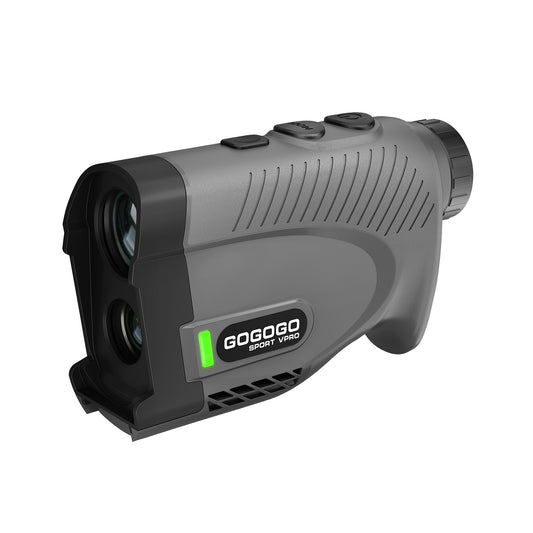
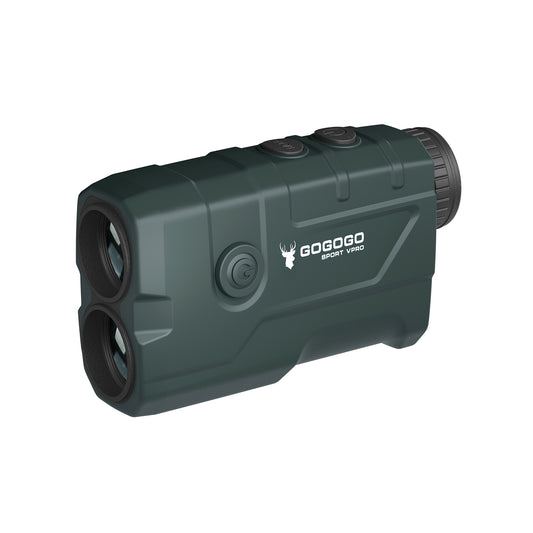
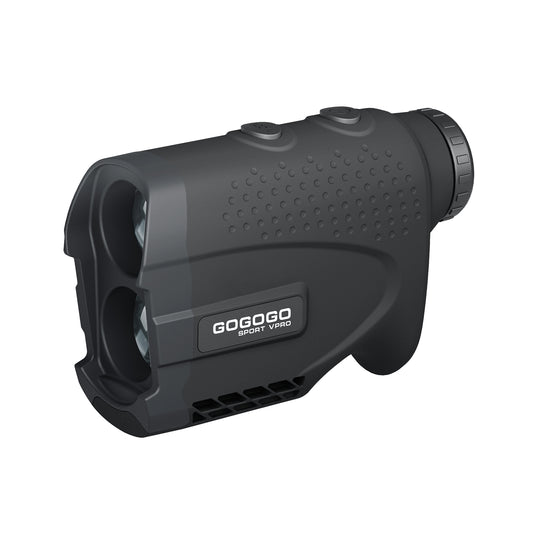
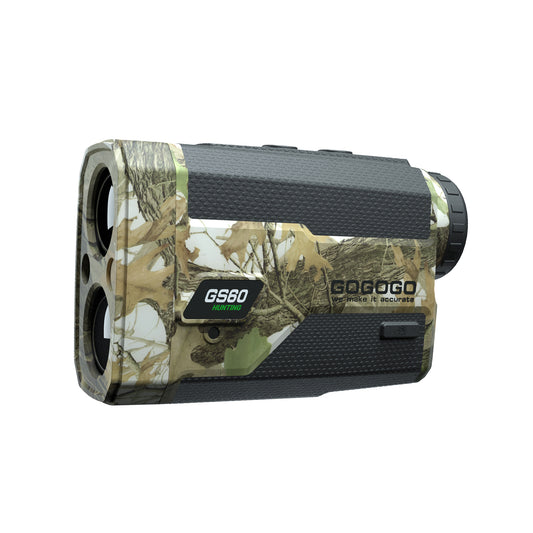
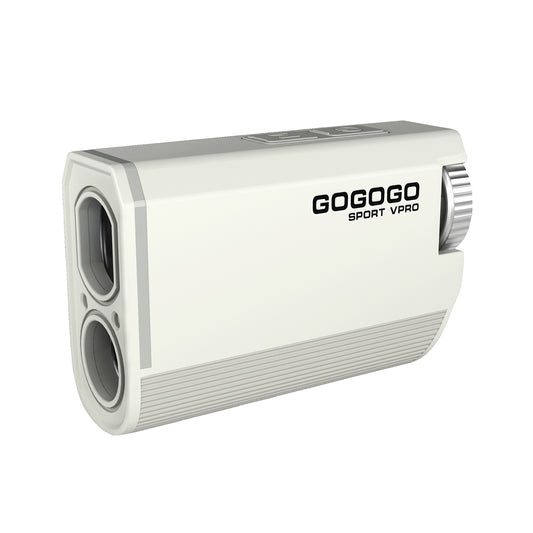
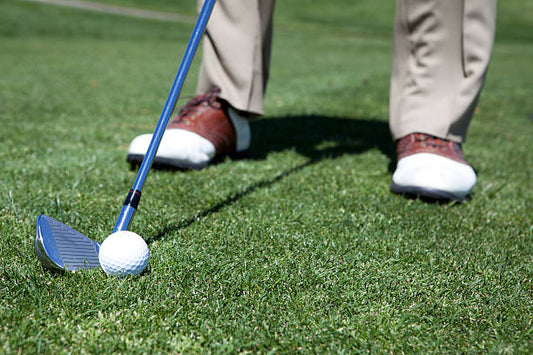
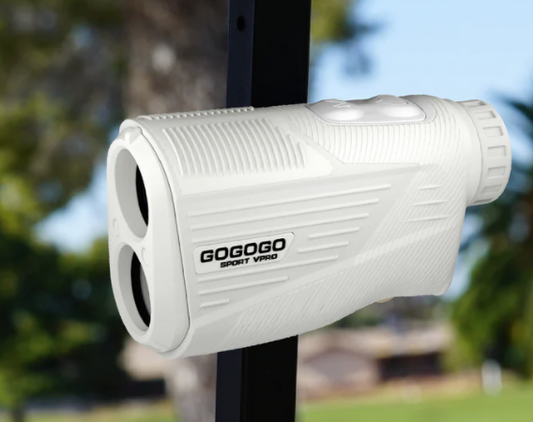

![[2025] The Ultimate Guide to Pinseeker Rangefinders for Golfers](http://gogogosport.com/cdn/shop/articles/gogogo_sport_vpro_pinseeker_rangefinder.png?v=1757993796&width=533)